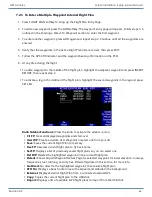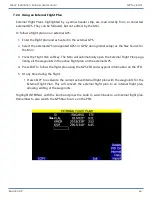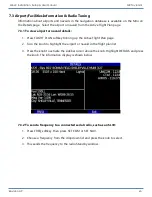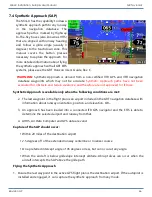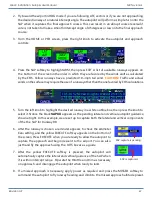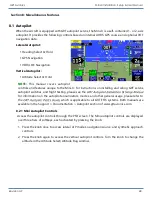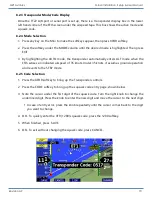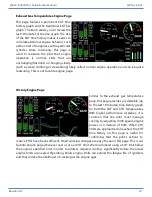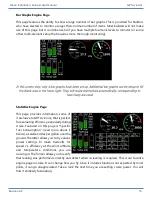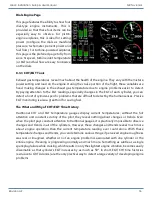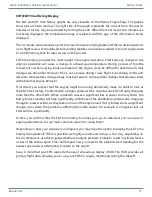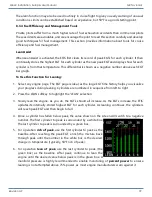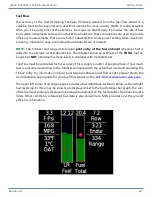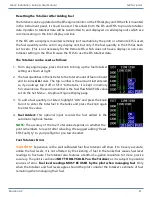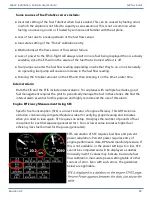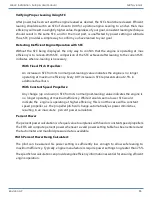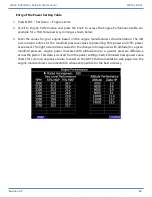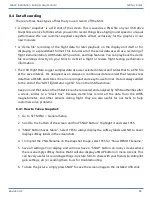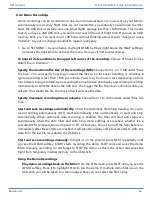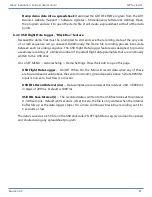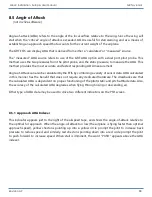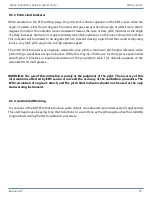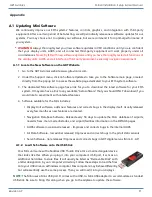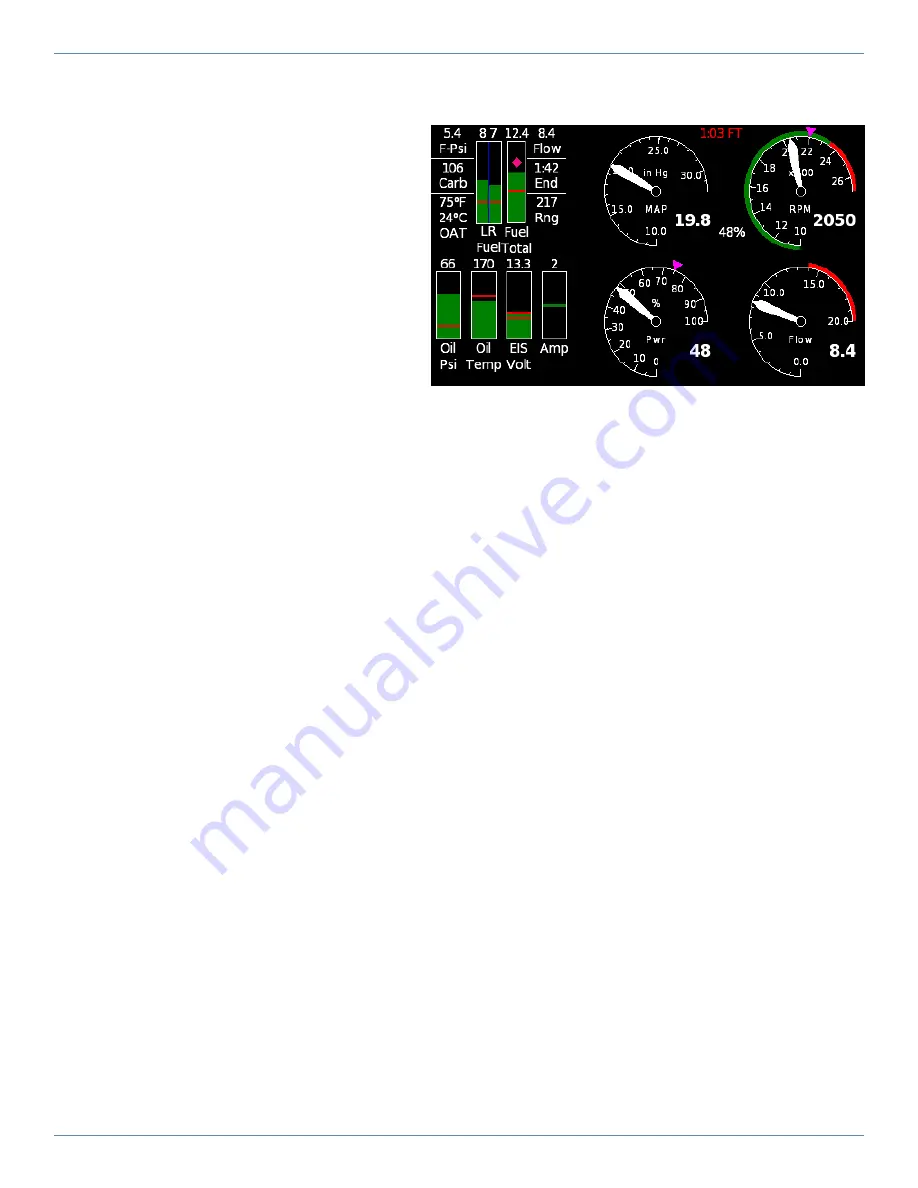
Mini-X Installation, Setup & User Manual GRT Avionics
Revision A9 76
Dials Engine Page
This page features the ability to show four
dial-type engine instruments. This is
provided so that these four items can be
especially easy to observe. For piston-
engine airplanes, this is ideal for setting
power (configure the dials as manifold
pressure, tachometer, percent power and
fuel flow). For turbine-powered airplanes,
this page is the preferred page to fly from
since N speed, turbine inlet temperature
(or EGT) and fuel flow are easy to observe
on the dials.
8.3.3 CHT/EGT Tools
Exhaust gas temperatures reveal much about the health of the engine. They vary with the mixture,
power setting and load on the engine. During the cruise portion of the flight, these variables are
fixed, making changes in the exhaust gas temperature due to engine problems easier to detect.
By paying attention to the EGT readings, especially changes in the EGT of each cylinder, you can
detect a host of cylinder-specific problems that are difficult to detect by the human senses. Precise
EGT monitoring is also a great tool for saving fuel.
The What and Why of CHT/EGT Time History
Traditional CHT and EGT temperature gauges display current temperatures; without the full
attention and constant scrutiny of the pilot, they reveal nothing about changes or trends. Even
when the pilot pays constant attention to traditional gauges, it is practically impossible to observe
changes and trends in all of the cylinders. However, these changes and trends reveal much more
about engine operation than the current temperature reading ever could alone. With these
temperature changes and trends, you can determine various things: if perceived engine roughness
was real or imagined, whether or not an engine problem is associated with one cylinder or the
entire engine, if leaning is progressing normally and much more. Something as subtle as a single
spark plug failure while cruising, which results in only the slightest engine vibration, becomes easily
discernable as that cylinder’s EGT increases by as much as 50°. In short, EGT/CHT time histories
(exclusive to GRT Avionics) are the only practical way to detect a large variety of developing engine
problems.

